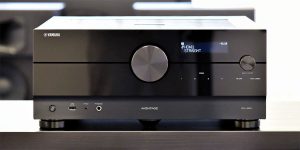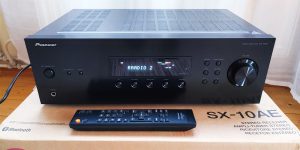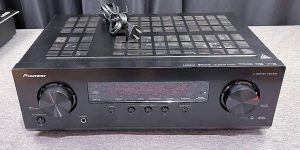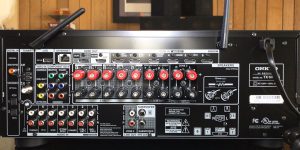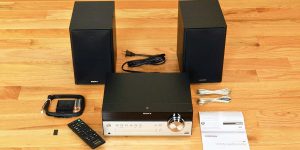Getting a hand on the power of receivers can be very important when searching for a substitution for your old model or wanting to dive into the world of immersive sound for the first time. Sadly, this is one of those aspects that is easier said than done, and the answer to your question of how many watts per channel do I need is somewhat tricky.
Manufacturers often overflow buyers with technical specifications, which are often very misleading. Furthermore, the issue of power is affected by various aspects. Without in-depth experience, it may be difficult to comprehend how many watts you need. Yet, you have come to the right place to get an insight into the power of AV receivers. Let’s start small, uncovering fundamental aspects.
AV receiver power: why it matters
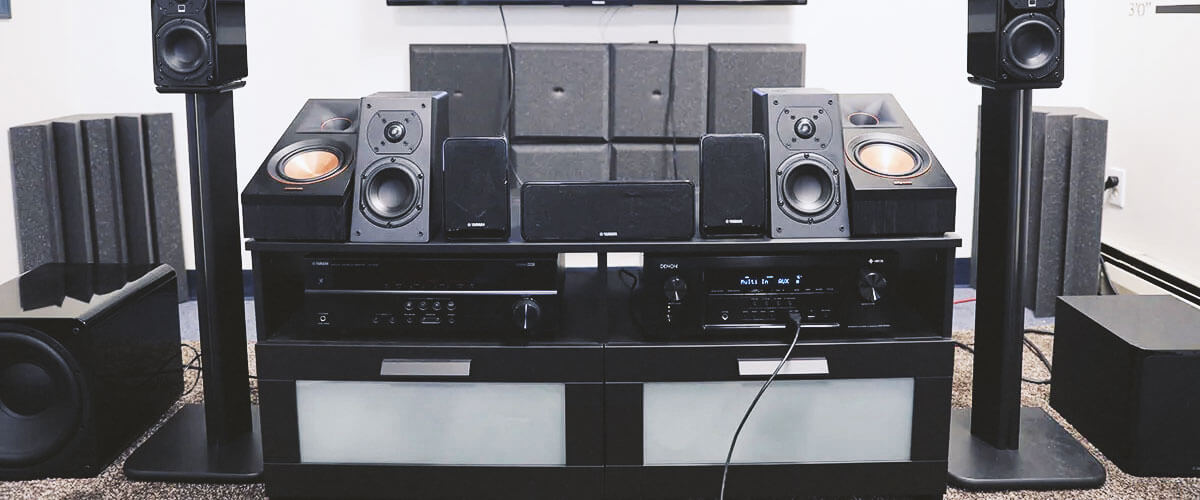
Often, manufacturers build advertising campaigns claiming that their receiver offers more watts, making it better than others. Yet, is power a real game changer? In simple terms, the difference in power is feasible, yet it is not the critical aspect. The power of an AV receiver or any other electric device can be calculated according to the straightforward formula W = A x V. W – power in watts, A – amperes, and V stands for Volts.
People often think that power results in loudness. This fact is only partially true, as there is no direct connection between power and loudness. Let’s take a simple example. A 100W amplifier will be only 3 dB louder than the 50W one. Not much of an improvement, right?
Impedance is another crucial aspect for understanding that 100 W of power with 8-ohm speakers and 100W of power with 6-ohm ones are two different things. Thus, the power can only be compared within the same impedance: 8 ohms, 6 ohms, or 4 ohms.
RMS and peak power: what is the difference?
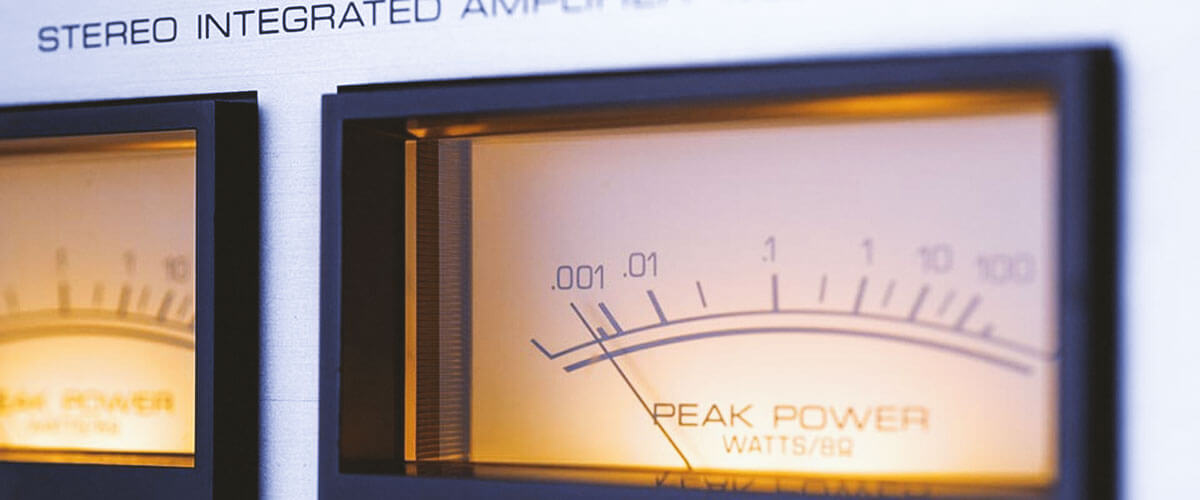
Firstly, there are several types of power, including RMS and peak power. Those mean pretty different things and can be misleading when one doesn’t know the clear difference between these two. This fact is often abused by manufacturers who mention peak power instead of RMS. Peak power is the power that the amplifier can provide only for a brief period. It happens for about a quarter of a second during the most intense sound periods in movies or music.
Thus, you can’t expect the amplifier with 100W of peak power to provide it stably when working, as it is not the true power of the unit. The actual output wattage is shown in the RMS value. This characteristic indicates what power a receiver can output continuously and stably. Therefore, to learn the real power of the unit, you should pay attention to the RMS.
How much power do I really need from the receiver?
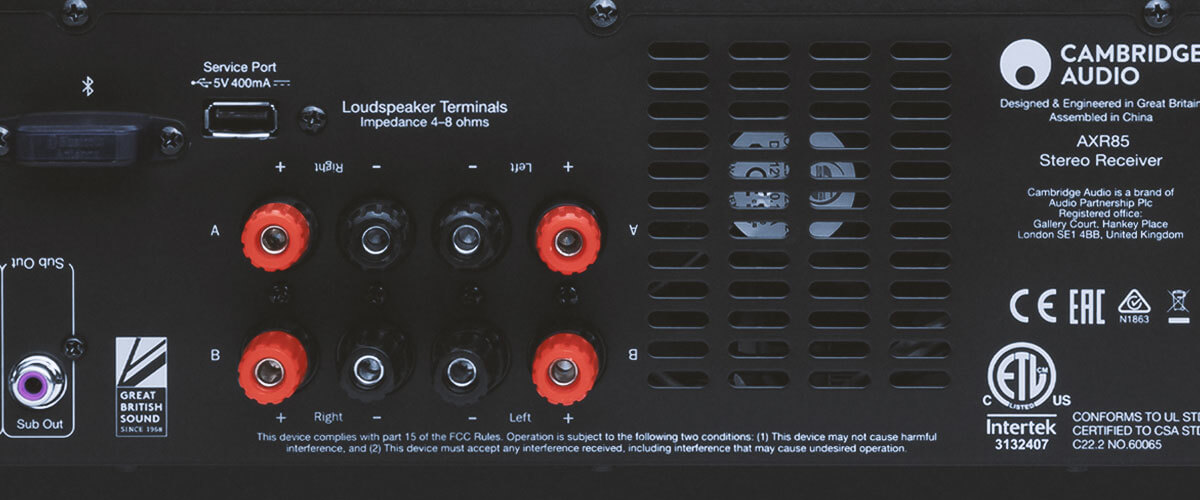
When browsing amplifier ratings, you’ve probably already thought about how powerful your device should be. With the number of channels, those literally are the first things manufacturers mention in their units: channels and watts. But why is there so much attention to power? Does it affect sound quality?
As I have said, making your system louder is not the reason to buy a more powerful amplifier. Paying more for doubling the power and getting only about a 3 dB increase in loudness is not a good deal. Yet, it doesn’t mean that more power doesn’t give other benefits.
- Increased Dynamic range
- Increased sound quality
- Cheaper speakers
- Reliability
The more power the unit has, the easier it will handle short bursts of sound. Additional power reduces the risk of getting distortions.
More powerful receivers can indeed drive speakers better. Yet, the difference will be noticeable only if you have more expensive speakers. Budget ones won’t provide any audible difference.
Driving cheaper speakers is not a problem for more powerful receivers. In turn, additional power is optional for efficient ones.
A more powerful unit is less likely to work continuously at full power. Therefore, you can save its working life.
Room size
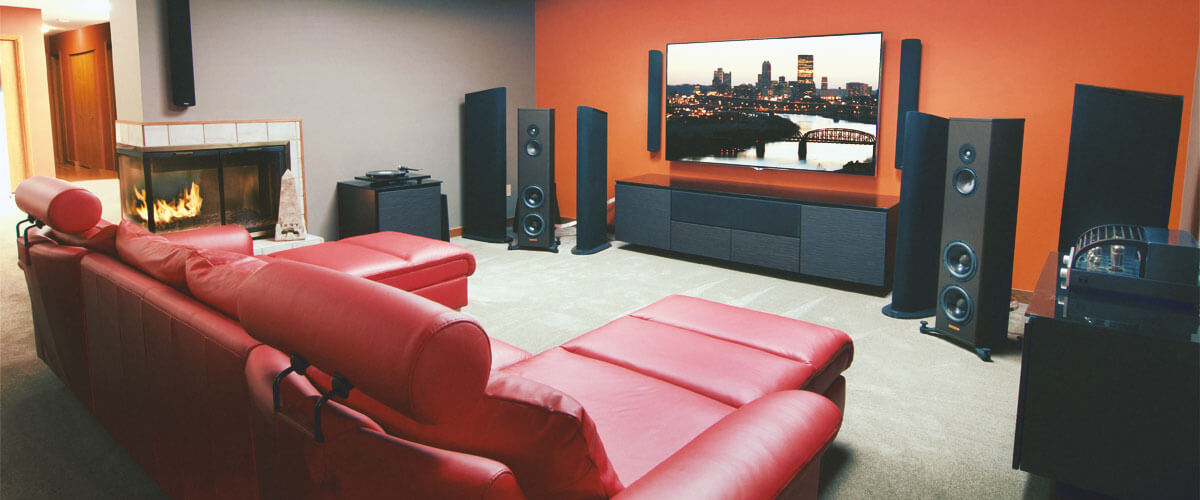
The necessary power for an AV receiver depends on various factors, including the speakers, use cases, and room size. Finding a balance between your speakers’ quality and the room size is the key to picking up the receiver with the correct power. Unless you have very old and inefficient speakers placed in a large room, you won’t need more than 100W of RMS power per channel. In the case of modern mid-range speakers and the mid-sized room, it will be enough to have 70W of power. So, in most cases, 70-100W of RMS power will be enough. Yet, remember that the older and cheaper the speakers are, and the larger the room is, the more power you may need.
Match the power of your speakers and receiver
Considering you have a standard setup, including a cozy sofa 5.1 or 7.2 system in an average room, you need to pay major attention to your speakers. In short, if you have budget speakers with a power of 100 W, it is advisable to use a receiver with the same RMS power per channel. It will fully unleash the “audio potential” of the speakers. In turn, connecting a powerful 200 W receiver to low-power speakers makes no sense. In this case, you won’t feel a significant improvement in sound (due to the speakers) but will risk damaging the speakers.
Are more watts in receivers better or not?
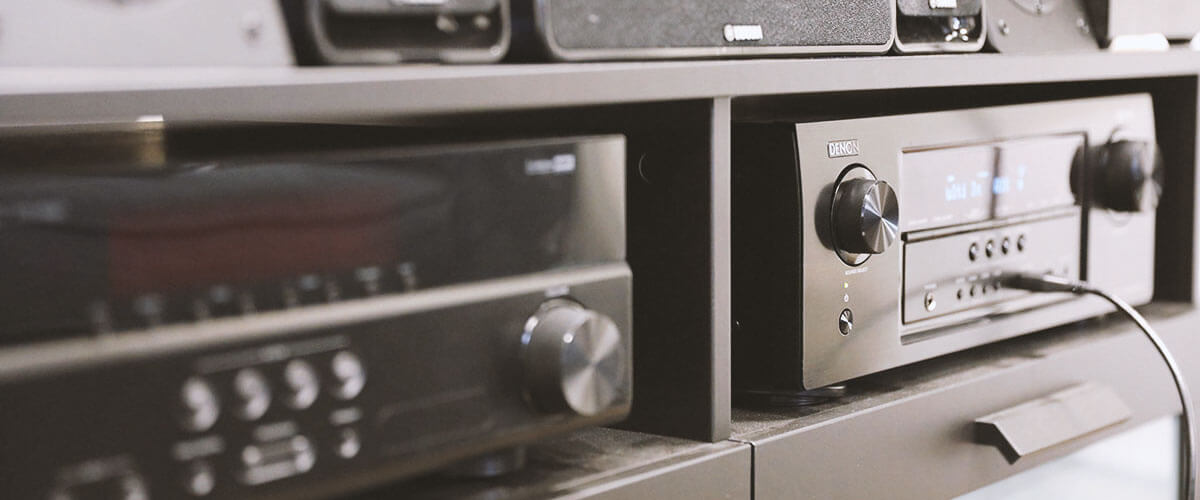
So, is all the fuss around the receiver power justify the attention it gets? No. Manufacturers highlight the power of their receivers because it sounds cool and seems easy to understand. When comparing two receivers face to face, when one has 100W per channel and the other offers 150W, the second option seems to be better. Yet, it is not entirely true, as those measurements can be misleading, and the power itself is the cornerstone.
From the consumer’s point of view, there is no point in chasing power. The power of your receiver should match your room and speakers. That’s all that you need to strive for. Some hardcore listeners use ultra-low power, with 5-7W per channel amplifiers, and enjoy the sound. Do they need a 200W receiver? Nope, because it doesn’t match their needs. The same goes for the majority of people with typical home cinema setups. In most cases, in the medium room with more or less modern mid-budget speakers, 70-100W per channel is enough to get the maximum sound quality.
We are supported by our audience. When you purchase through links on our site, we may earn an affiliate commission at no extra cost to you.
Our newsletter
* We will never send you spam or share your email with third parties

![Best Budget Receivers [Reviewed and Tested]](https://thetechholics.com/wp-content/uploads/2023/10/best-budget-av-receiver-300x150.jpg)
![Best 9-Channels AV Receivers [Reviewed and Tested]](https://thetechholics.com/wp-content/uploads/2023/10/best-9-2-receiver-300x150.jpg)

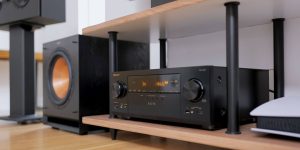
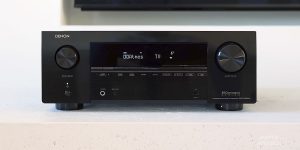
![Pioneer vs Denon Receivers [Top Models Compared and Tested]](https://thetechholics.com/wp-content/uploads/2023/10/denon-vs-pioneer-review-300x150.jpg)
